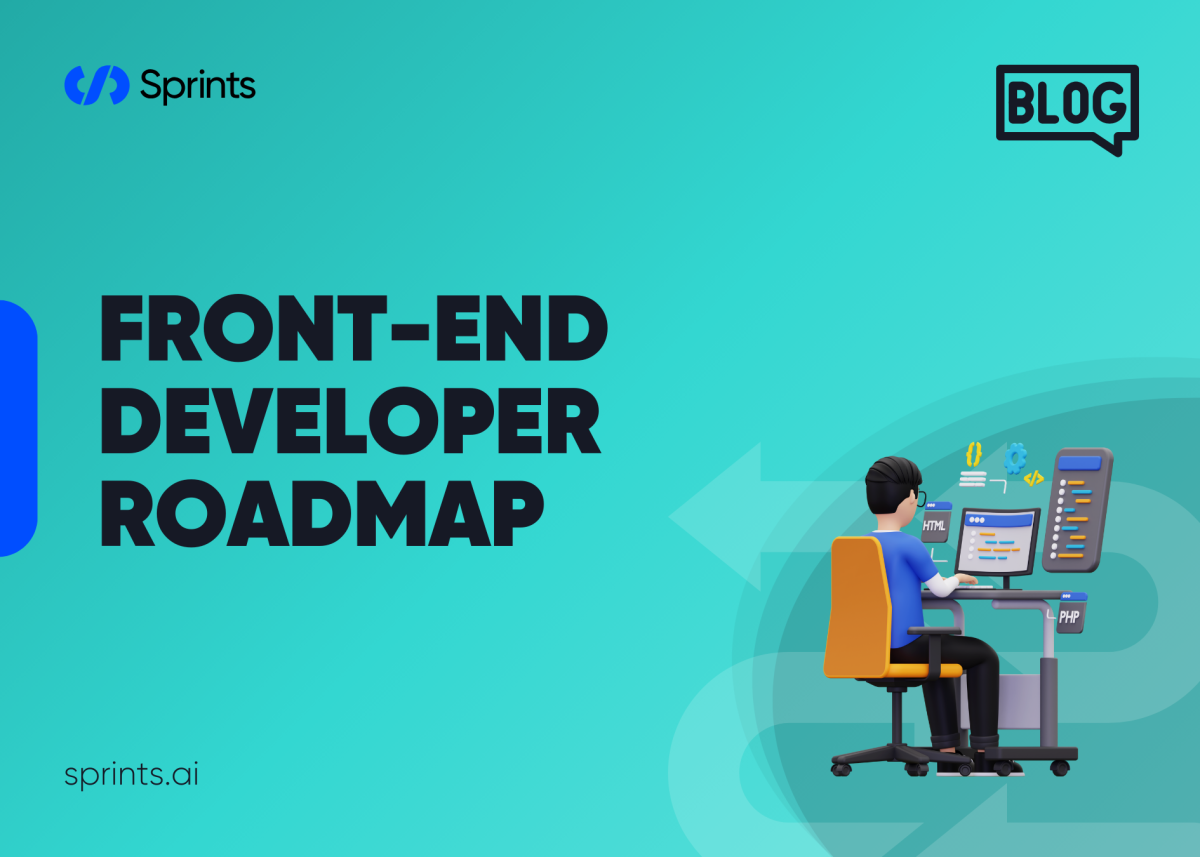
Introduction
Embarking on a journey to become a front-end developer can
be both exciting and overwhelming. With the ever-evolving landscape of web
technologies, it's essential to have a clear roadmap to guide your learning
path. This comprehensive guide outlines the essential skills, tools, and
technologies you need to master to become a successful front-end developer in
2024.
Foundation and Fundamentals
HTML (HyperText Markup Language): The backbone of web
pages, HTML defines the structure and content. Learn to create elements, apply
attributes, and understand the basic building blocks of web design.
CSS (Cascading Style Sheets): Style your HTML
elements with CSS. Explore selectors, properties, and values to control the
appearance and layout of your web pages.
JavaScript: The programming language of the web.
Learn JavaScript syntax, variables, data types, operators, control flow, and
functions. Understand how to manipulate the DOM (Document Object Model) and
create dynamic web experiences.
Modern Web Development
ES6+ Features: Familiarize yourself with modern
JavaScript features like arrow functions, template literals, destructuring,
classes, modules, and promises. These features enhance code readability and
maintainability.
Build Tools: Utilize build tools like Webpack or
Parcel to manage your project dependencies, bundle code, and optimize
performance.
Package Managers: Use package managers like npm or
yarn to install and manage third-party libraries and dependencies.
Frameworks and Libraries: Consider using popular
frameworks like React, Angular, or Vue.js, or libraries like jQuery, for their
pre-built components and abstractions. These tools can streamline development
and provide a solid foundation for building complex applications.
Responsive Web Design
Fluid Layouts: Design layouts that adapt to different screen
sizes using techniques like fluid grids and flexible images.
Media Queries: Use media queries to target specific screen
sizes and apply different styles based on device dimensions.
Mobile-First Approach: Consider mobile devices as the
starting point for your design and gradually enhance the experience for larger
screens.
Accessibility
WCAG (Web Content Accessibility Guidelines): Adhere
to WCAG standards to ensure your web applications are accessible to users with
disabilities.
Semantic HTML: Use appropriate HTML elements to
convey the meaning and structure of your content.
Alternative Text: Provide alternative text for images
and other non-text content to assist users with visual impairments.
Keyboard Navigation: Ensure your web pages can be
navigated using a keyboard for users who cannot use a mouse.
Performance Optimization
Code Optimization: Write efficient JavaScript code by
minimizing unnecessary operations and optimizing algorithms.
Image Optimization: Compress images without
compromising quality to reduce file size and improve load times.
Caching: Implement caching mechanisms to store static
assets locally, reducing server load and improving performance.
Network Optimization: Minimize HTTP requests and
leverage techniques like HTTP/2 and CDNs (Content Delivery Networks) to improve
network performance.
Testing and Debugging
Browser Compatibility: Test your web applications across
different browsers and devices to ensure consistent behavior.
Unit Testing: Write unit tests to verify the correctness of
individual components and functions.
Debugging Tools: Use browser developer tools to
inspect code, set breakpoints, and debug issues.
Continuous Learning
Stay Updated: Keep up with the latest trends and
technologies in the web development world.
Experiment: Try new techniques and tools to expand
your skillset and find what works best for you.
Contribute to Open Source: Contribute to open-source
projects to learn from others and give back to the community.
Conclusion
By following this frontend roadmap and continuously honing
your skills, you can become a proficient web developer capable of creating
modern, interactive, and user-friendly web applications. Remember to practice
regularly, experiment with different approaches, and stay curious about the
ever-evolving landscape of web development.



